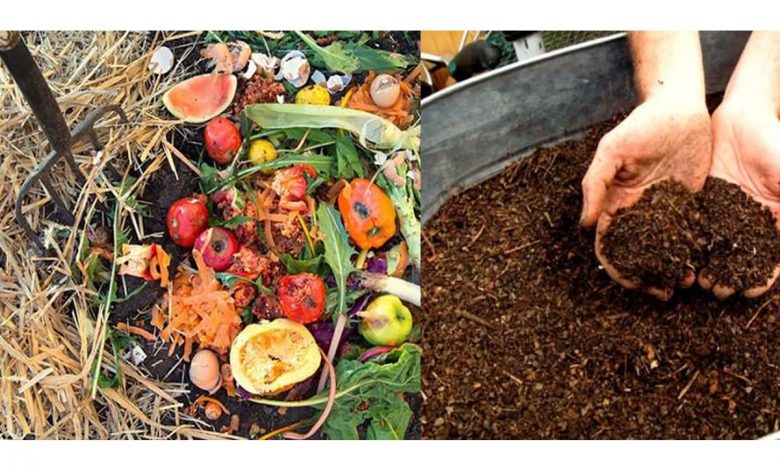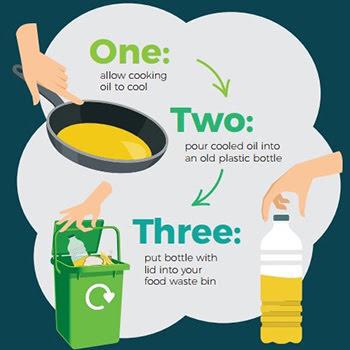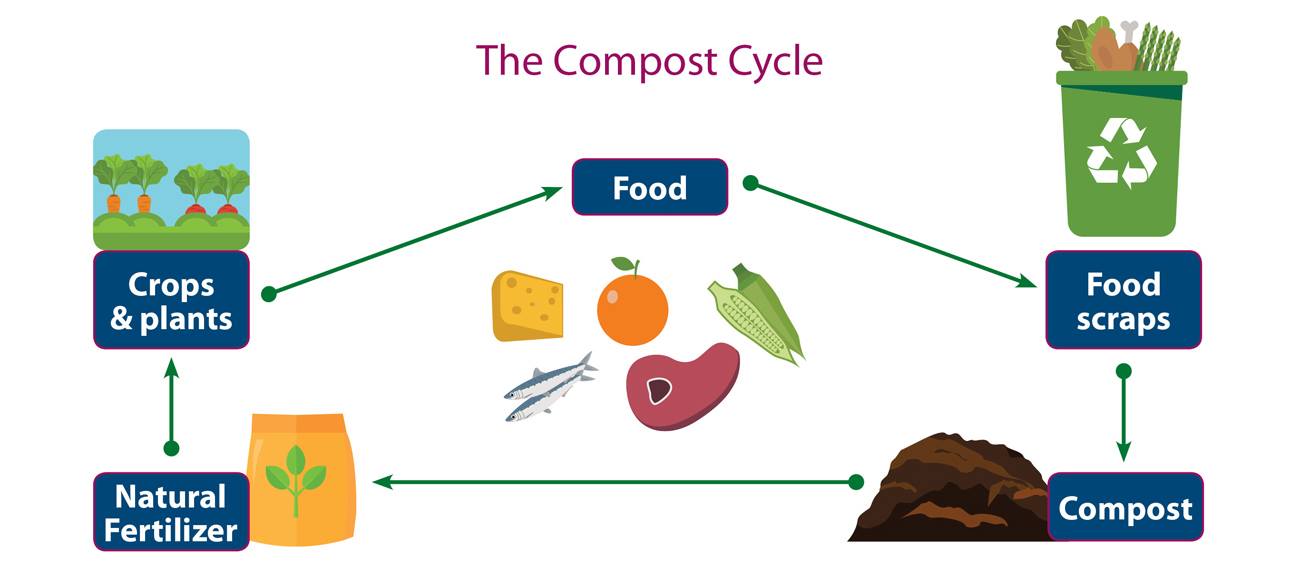

Food waste is something that is often overlooked when it comes to waste disposal. Instead of dumping vegetable scraps and other kitchen waste into the garbage bin, we can make use of them via composting and at the same time, restore our planet. This low-effort process can be done both inside or outside of the house, and it is also a good way to ease off the piled-up stress from when you are cooking something.
Composting, according to a project titled ‘A Household Home Composting Programme in Majlis Bandaraya Petaling Jaya’, is a small-scale process where food waste and garden waste generated from our daily activities are degraded biologically to become a valuable compost material. A significant waste reduction at source can be achieved and the compost produced can be utilised in our gardens and green areas.
In other words, it’s an easy way of nature’s recycling that involves decomposing everyday kitchen waste into a rich soil known as compost. Among the benefits of composting includes enriching the soil as it helps to retain moisture and suppress plant diseases and pests, as well as reducing carbon footprint and methane emissions from landfills. Aside from improving soil fertility from the decomposing of organic materials, composting also eliminates the need for chemical fertilizers.
Let’s look at what is good for composting. Most of us just dump our tea bags into the trash bin; it never occurs to us that they can be reused in the garden as fertilisers. In addition, we are also encouraged to use both sides of each sheet of paper before throwing them out, but even with all available space filled, paper can still serve a purpose.
Some compostable (biodegradable) materials are fruits and vegetables, eggshells, fruit peels, coffee grounds and filters, houseplants, leaves, shredded newspapers, tea and tea bags, and straw and hay.
Keep in mind that food scraps alone will NOT produce compost. Based on a blog post by an avid composter, one needs to have a good balance of greens (kitchen waste) and browns (carbon-rich materials) such as hay, sawdust or dried leaves. If organic brown matter is not available, shredded paper, newspaper or cardboard will do the job, too.
However, not every biodegradable item can be composted. Examples of these are pet wastes (e.g. dog or cat faeces as they might contain parasites, germs or harmful viruses), meat, fish or poultry scraps and dairy products (due to odor problems and risk of attracting pests like rodents or flies), coal or charcoal ash (contains substances harmful to plants), insect-ridden plants (diseases might spread) and fats, grease or oils.
On a side note, did you know cooking oil should not be poured down the drains because it will solidify and clog the pipes and sewers? And over time, it will travel into rivers and lakes and pollute waterways. The sustainable way to dispose of grease and oil is to pour used cooking oil into a container or bag and bring it to a recycling center that accepts cooking oil for extra bucks. For more info, check out How To Dispose of Used Cooking Oil.


Here are the steps to compost waste by a news agency in India, NDTV:
Step 1: Identify your composting spot – As mentioned above, composting spots can be your kitchen, sink or garden. For starters, the best place would be outdoors.
Step 2: Segregate your waste – Start separating your edible kitchen waste such as vegetable scraps and fruit peels. Fill another container with dry waste like leaves and newspaper chunks. Then close both containers to avoid flies and bugs.
Step 3: Prepare a composting bin – Layer the bottom of the container with soil. Drill around 4 to 5 holes on the container and the side of the lid to allow oxygen to enter and humidity to escape.
Step 4: Initiate composting process – Add food waste and wet waste alternately into the bin to ensure the balance between dry waste and wet waste. Remember to add soil once a week.
The compost heap might smell due to imbalance of waste, and if it does, add extra holes. Sprinkle water to aerate the pile if it turns too dry. Turn or give the pile a spin every few days to ensure there is sufficient oxygen to do its work.
Gisele Soo
=============================
Get your local news fast. Download the Ipoh Echo App on your mobile. Available on both Google Playstore and Apple Appstore.



